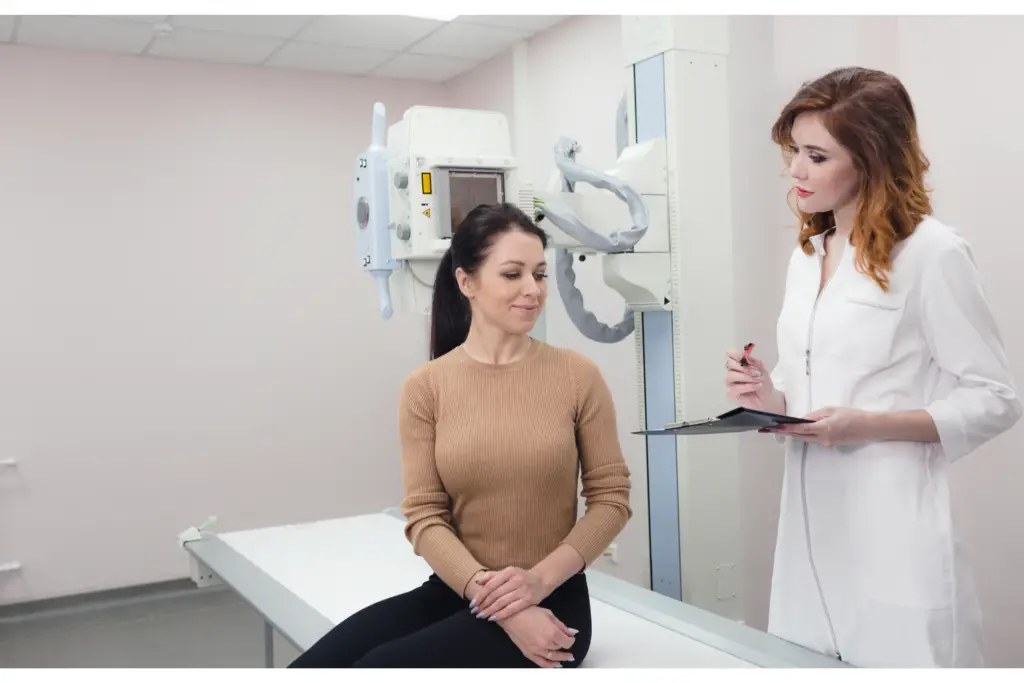An in-depth look into the meticulous world of patient care in radiography.
The world of healthcare is vast, but one sector that continuously stands out for its intricate blend of technology and compassion is radiography. Here, we delve deep into patient care in radiography, offering insights, experiences, and knowledge.
Introduction to Patient Care in Radiography
Radiography plays a pivotal role in modern healthcare. Providing doctors with internal views of the body aids in accurate diagnosis and treatment. However, the success of any radiographic procedure depends heavily on patient care.
- The Importance of Radiography in Modern Healthcare: Radiography, whether an X-ray, MRI, or CT scan, provides invaluable insights into the human body. It’s the key to many diagnoses and treatment plans.
- The Evolution of Patient Care Techniques in Radiography: Over the years, with technological advancements, the approach towards patients has significantly evolved. Earlier procedures might have been uncomfortable or lengthy, but contemporary practices prioritize patient comfort and quick results.
The Pillars of Patient Care in Radiography
Effective patient care in radiography rests on several pillars.
- Ensuring Patient ComfortFrom adjustable tables to heated blankets, making sure the patient is comfortable is of utmost importance.
- Communication and ConsentBuilding trust through transparent communication and obtaining informed consent are essential.
- Safety Protocols in RadiographyStrict guidelines ensure minimal radiation exposure and patient safety.
Tools and Technologies Enhancing Patient Care
Emerging technologies play a crucial role in enhancing the radiographic experience.
- The Rise of Digital Radiography: Digital systems have reduced procedure times and improved image clarity.
- Advanced Imaging Systems and Patient Experience: With the introduction of 3D imaging and AI enhancements, patients now get quicker and more accurate results.
Challenges Faced in Radiography Patient Care
Like any medical field, patient care in radiography has its challenges.
- Addressing Patient Anxiety: Calming nervous patients and explaining procedures can make a huge difference.
- Dealing with Paediatric and Geriatric Patients: Tailoring the approach based on age is crucial for a positive experience.
- Handling Radiography for Patients with Special Needs: Customized care plans and special equipment cater to patients with unique needs.
Patient Care in Radiography: Best Practices
Best practices help ensure that every patient receives top-notch care.
- Continual Education and Training: Radiographers must stay updated with the latest techniques and technologies.
- Embracing Feedback and Continuous Improvement: Learning from patient feedback can lead to better practices and enhanced patient experience.

Legal and Ethical Implications in Radiography
Abiding by legal and ethical standards is non-negotiable in radiography.
- Importance of Informed Consent: Patients have the right to understand the risks and benefits of any procedure.
- Addressing Privacy Concerns: Keeping patient data confidential and ensuring their dignity during procedures is vital.
Economic Implications of Patient Care in Radiography
Balancing quality care with economic realities is an ongoing challenge.
- The Direct Correlation Between Care and Costs: Investing in patient comfort can lead to fewer repeat procedures and lower costs in the long run.
- Investing in Advanced Technologies: A Necessity or Luxury?: While advanced equipment can be expensive, the benefits often outweigh the costs.
Future of Patient Care in Radiography
The horizon looks promising with technological advancements shaping the future.
- Technological Innovations on the Horizon: From AI-driven diagnosis to virtual reality in patient education, the future is exciting.
- The Role of Artificial Intelligence in Radiography Care: AI can aid in quicker diagnoses, reducing patient anxiety and wait times.
FAQs
How safe are radiographic procedures?
With modern equipment and trained professionals, the risk is minimal and often outweighed by the benefits.
Can I refuse a radiographic procedure?
Yes, informed consent means you have the right to understand and refuse any medical procedure.
What advancements can we expect in the near future?
AI, virtual reality, and even more precise imaging technologies are on the horizon.
How do radiographers ensure patient comfort?
From equipment design to effective communication, various strategies are employed to ensure patient comfort.
Why is there a focus on continual education in radiography?
As technology and best practices evolve, it’s crucial for professionals to stay updated.
Are all radiographic procedures expensive?
Costs can vary, but many essential procedures are covered by insurance or healthcare programs.
Conclusion: The Road Ahead for Radiography Care
Patient care in radiography is more than just a medical procedure. It’s an intricate dance of technology, compassion, and professionalism. As the field evolves, the focus remains steadfast on providing the best care, ensuring patient comfort, and delivering accurate results. The future looks promising, with technology and human touch going hand in hand.

